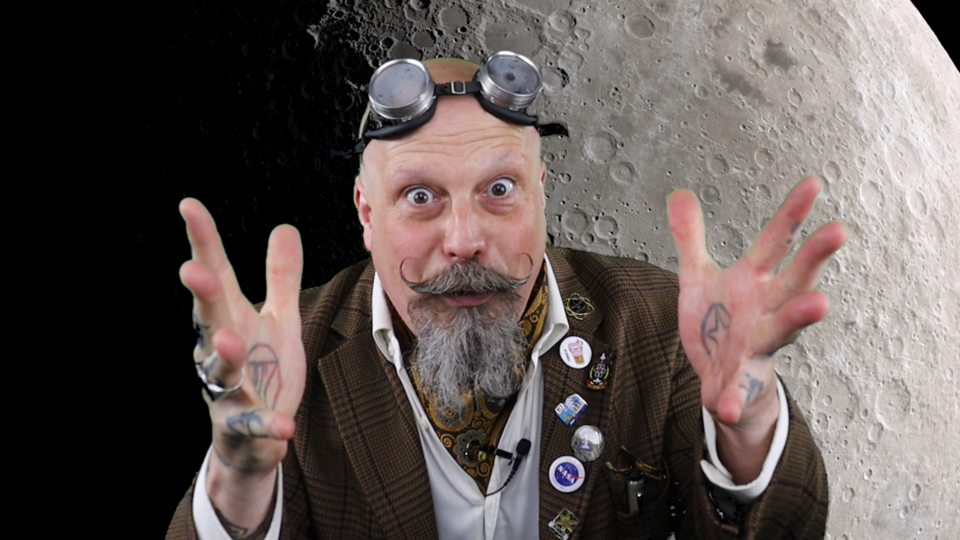Each month, GuelphToday will share a Star Gazing Guide presented and organized by The Great Orbax, a science communcator from the University of Guelph's Department of Physics and local science education advocate.
Greetings Star Gazers!
Orbax here.
I’m a science communicator from the Department of Physics at the University of Guelph and I’m here to fill you in on what our September night skies hold for the Astro-curious out there, young and old.
Over the last few months I’ve been regaling you with strange tales of meteor showers and Super Moons and, while the final Super Moon of 2023 does indeed occur on Sept. 29, this month’s video actually gets deep into Star Gazing with three unique constellations to look out for that you likely haven’t sought out in the past. Vulpecula, Delphinus and Equuleus are fainter and lesser known than some of the more notable constellations like Orion and the Big Dipper, but that’s one of the great things about Star Gazing. With 88 known constellations swirling about the night sky there’s always something new to discover!
Sept. 23 is the autumnal equinox, a day which we recognize to be the first day of autumn. It is also known as one of two days each year (with the vernal equinox being the other) where we experience equal amounts of day and night. In this month’s video we discuss the physics behind this, but first I want
to tell you about a cool experiment you can do at home with your junior scientists, or even just on your own! It is called the Eratosthenes Experiment.
Eratosthenes was the Chief Librarian in Alexandria, Egypt in the second-century BCE and he devised this experiment way back then! You can perform this experiment anytime between Sept 21. and 23, around 1:14 p.m. (solar noon) Guelph time. It’s a fun experiment to try and there’s lots of information online about it, just Google the Eratosthenes Experiment. All you need is a long straight stick (a broom or a metre stick would be fine) and a tape measure and you can measure the latitude for wherever you are on Earth (for Guelph that’s 43.5 degrees)! Not only can you use this technique on this special day to figure out your latitude, but Eratosthenes did it to prove the Earth was round AND measure its size accurately to within 1%!
2,300 years ago!
How cool is that?
I hope you enjoy this month’s Star Gazing Guide. If you want to learn more check out the September Star Gazing Guide video on the Guelph Physics YouTube channel. Not only is Star Gazing a great way to learn about space, planets and the stars but it’s also a great way to spend time with other curious minds.
Until next month I hope you take some time… to look up.
